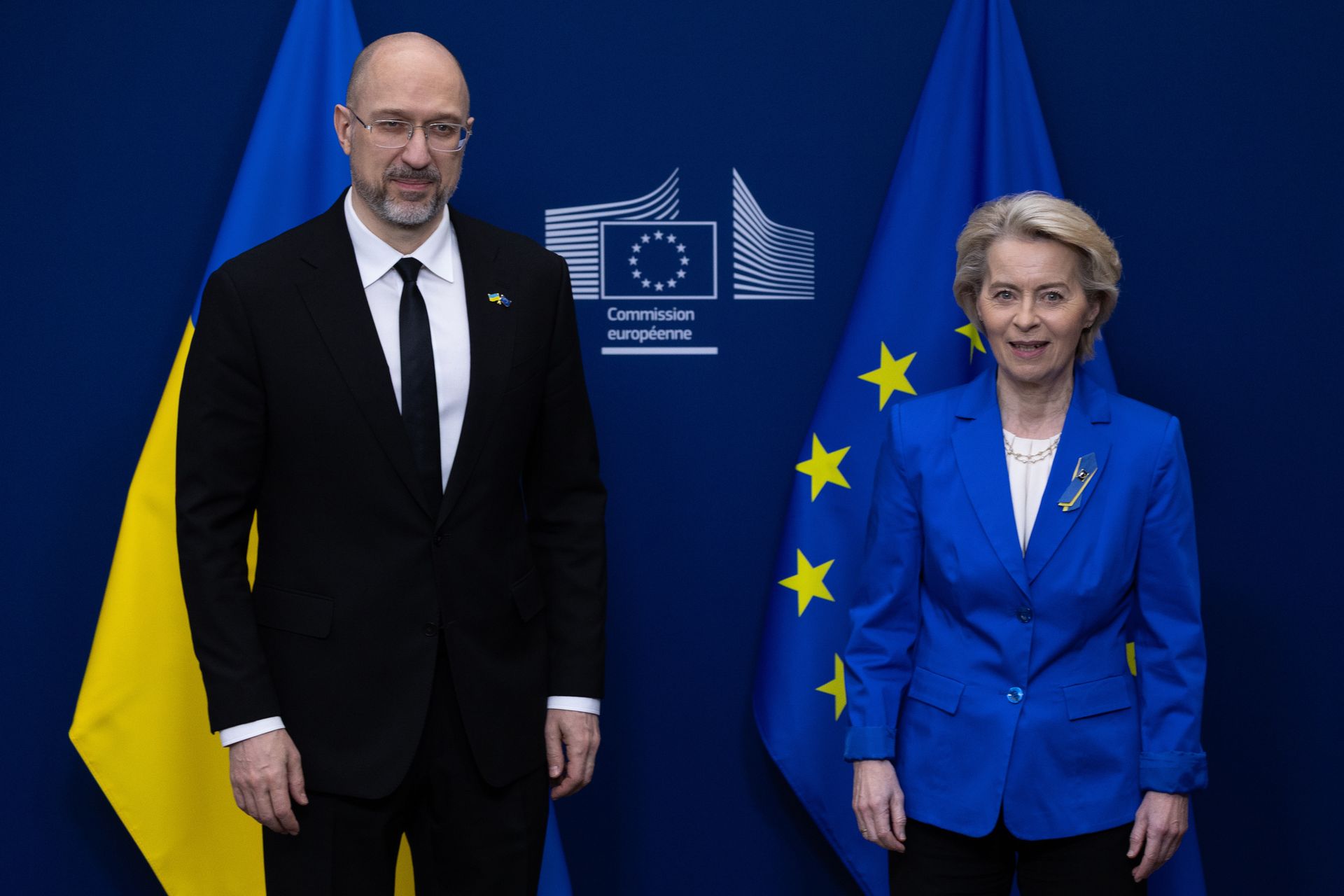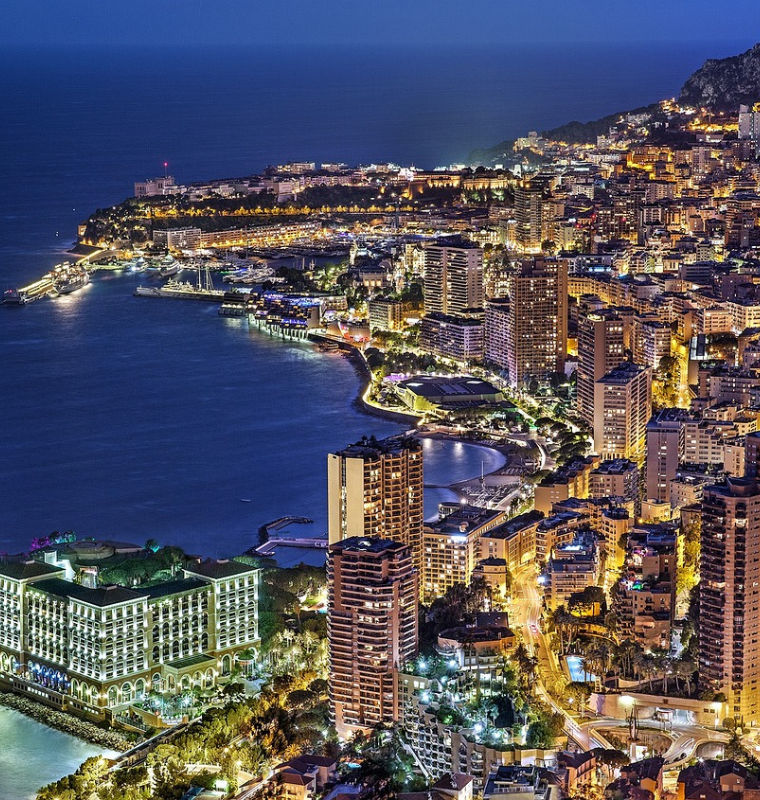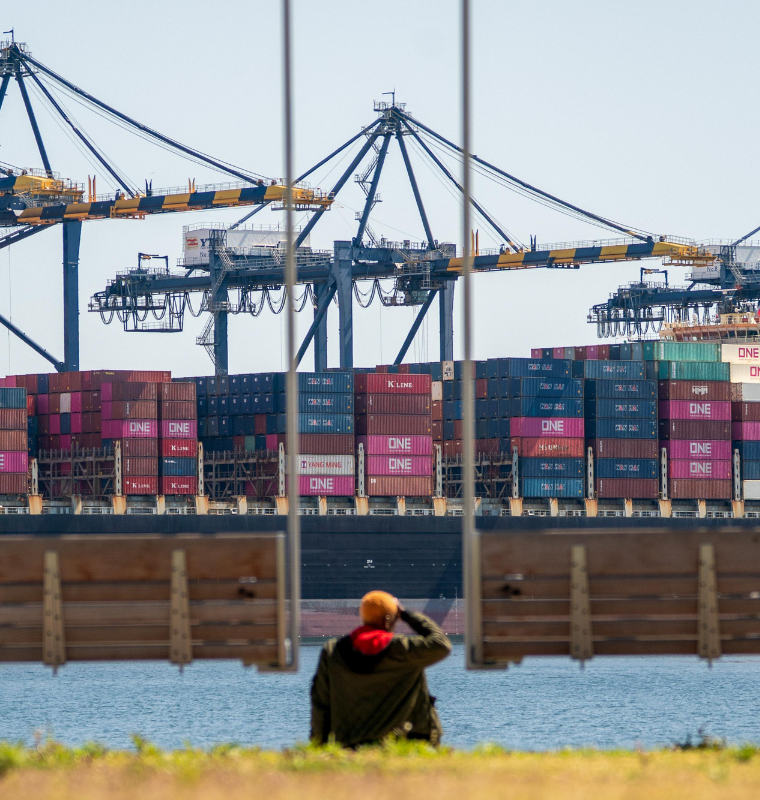EU Leaders Push for Swift Release of Frozen Russian Funds to Back Ukraine
EU Leaders Push for Swift Release of Frozen Russian Funds to Back Ukraine
By
Junia Wells
Last updated:
October 17, 2025
First Published:
October 17, 2025

Getty Images
A Growing Pressure Point
European capitals are preparing to press ahead at a summit in Brussels to unlock hundreds of billions of euros in frozen Russian central bank assets—aiming to bolster Ukraine’s finances. A draft document shared ahead of the meeting reveals that around €175 billion in cash has matured from formerly frozen Russian assets across Europe and is now sitting idle, unavailable for direct use.
Since Russia’s 2022 full-scale invasion of Ukraine, Western nations have frozen roughly $300 billion in Russian sovereign assets, with about €210 billion housed in EU jurisdictions. Many of these assets matured into cash held at Belgian depository Euroclear, which holds the lion’s share of the immobilized funds.
What EU Leaders Want
The draft document circulating among the 27 EU heads of state calls for the European Commission to move quickly with proposals to use these cash balances to support Ukraine’s war efforts—particularly for military and defense spending. Though outright seizure remains politically and legally fraught, leaders want concrete proposals on the table to mobilize the funds in 2026–2027.
Belgium, home to Euroclear and custodian of many of the frozen assets, has insisted on burden-sharing among EU states. Belgian officials and Euroclear’s leadership have warned that aggressive measures risk legal retaliation, undermining investor confidence and setting dangerous precedents.
The Legal and Financial Tightrope
The current model allows EU states to use interest and profits generated by the frozen assets—but not the principal itself. Over the first half of 2025, Euroclear reported it managed €194 billion in Russian-linked assets, generating €2.7 billion in interest—down from €3.4 billion on €173 billion the year before.
Some EU proposals envision a “reparations loan” structure: the original assets remain Russian, but the income they generate or cash balances could underpin interest-free loans to Ukraine, repayable only if Russia compensates Kyiv in the future. Others suggest converting matured assets into zero-coupon bonds issued by the European Commission or pooling risks among member states to minimize individual exposure.
However, several nations remain cautious. Belgium’s leadership, responsible for Euroclear’s oversight, warns the assets carry legal immunity and that confiscation could trigger lawsuits or destabilize financial markets. Hungary, too, has threatened to block moves it views as overreaching.
External Calls and U.S. Influence
The United States, while scaling back some direct military aid, has pushed its G7 allies to seize or repurpose immobilized Russian assets. European Commission President Ursula von der Leyen and German Chancellor Friedrich Merz have publicly backed using up to €140 billion of the assets for Ukraine, pending legal frameworks.
Meanwhile, Canada and the U.K. have expressed interest in aligning with the EU’s effort to transform these funds into a coordinated support mechanism. Some proposals currently under discussion place a ceiling of €170–185 billion on the funds mobilizable under the reparations loan concept.
Challenges and Risks Ahead
- Legal liability and ownership: Many assets are believed to carry sovereign immunity or pro-Russia claims. Seizing them without careful legal design could invite litigation.
- Investor confidence: Euroclear’s CEO has repeatedly cautioned that bold moves risk undermining Europe’s allure as a stable investment destination.
- Veto dynamics: Hungary has openly resisted attempts to repurpose the assets, potentially blocking unanimous EU action.
- Russian backlash: Moscow could retaliate via legal channels, sanctions, or asset seizures against European entities, especially if the assets are treated as expropriated property.
- Economic scale: Ukraine still faces a yawning financing gap. Even with repurposed Russian funds, reconstruction and military spending needs may exceed current resources by tens of billions of euros.
What to Watch
As the summit approaches, key developments to follow include:
- The final version of the leaders’ agreement text and whether it mandates use of matured Russian reserves
- Dutch, Belgian, and Hungarian positions on risk sharing or veto rights
- Technical proposals by the European Commission regarding bonds, special purpose vehicles, or pooled legal instruments
- U.S. engagement in G7 backstopping or co-financing
- Moscow’s responses—public, legal, or financial
- Market reactions, especially in Euroclear, EU bond markets, and sovereign risk spreads
In short, EU leaders are now racing to convert dormant Russian assets into a lifeline for Ukraine without breaching legal safeguards or fracturing the unity of the bloc. Whether they succeed depends on delicate legal engineering, cross-border solidarity, and political will.
Popular articles
Subscribe to unlock premium content
Merch, Meals, and Memories

Innovating One Feature at a Time

Zero Taxes, Maximum Attraction – Why Monaco is the ultimate playground for the wealthy.

Merch, Meals, and Memories

Innovating One Feature at a Time

Merch, Meals, and Memories







.png)

